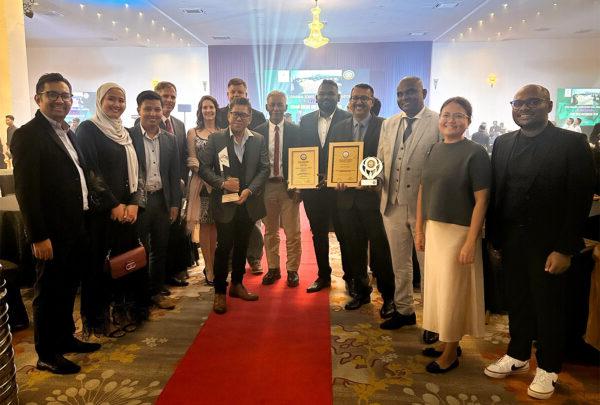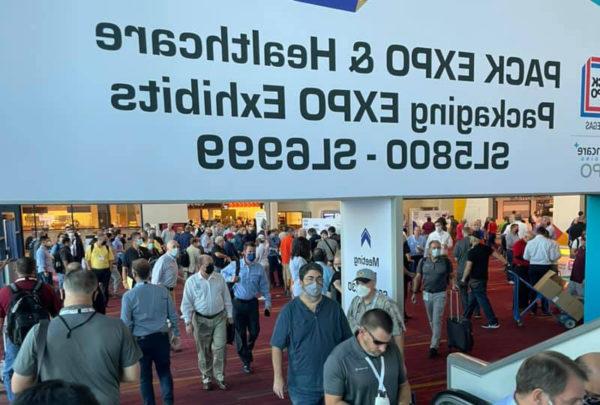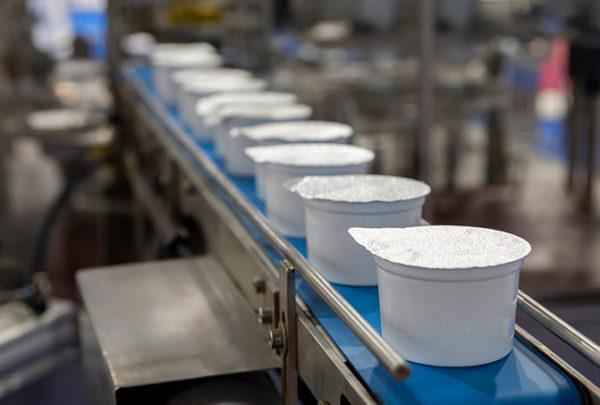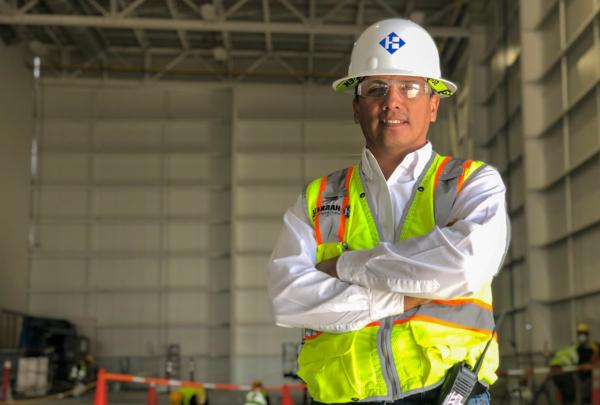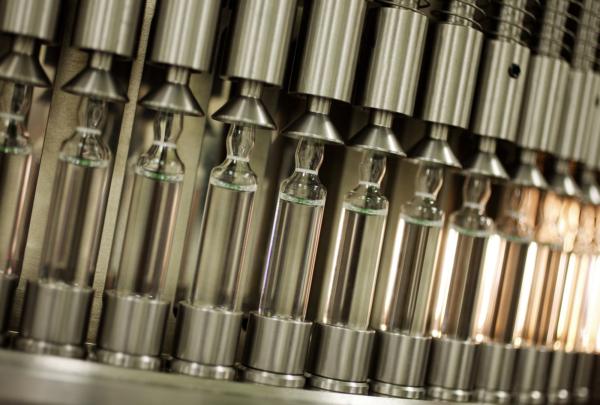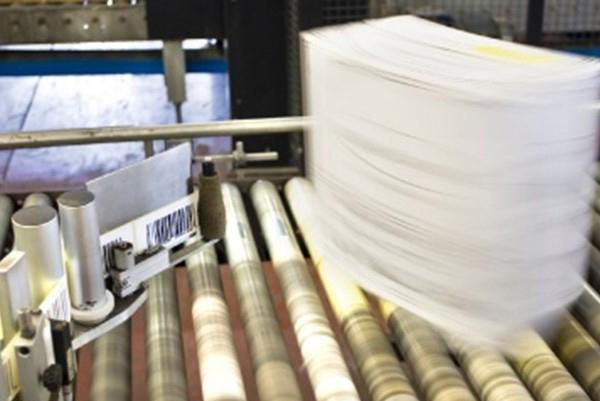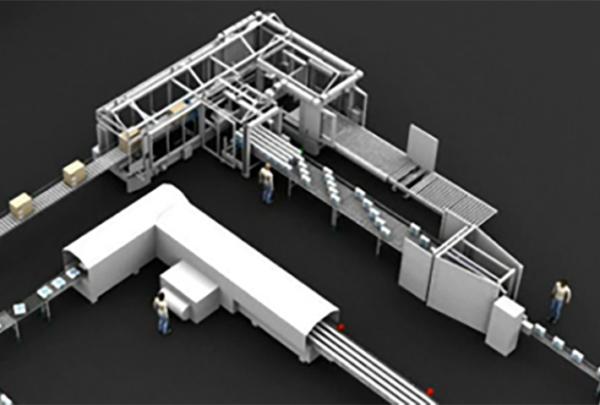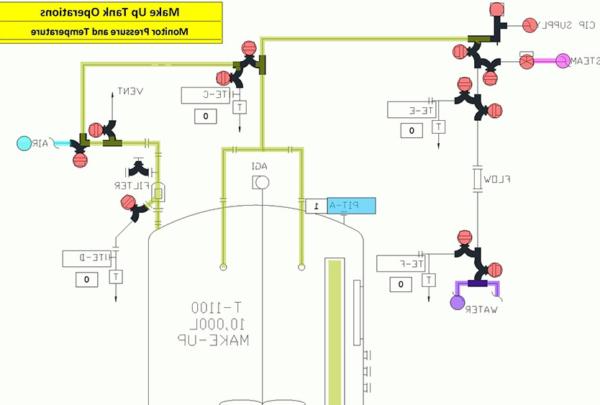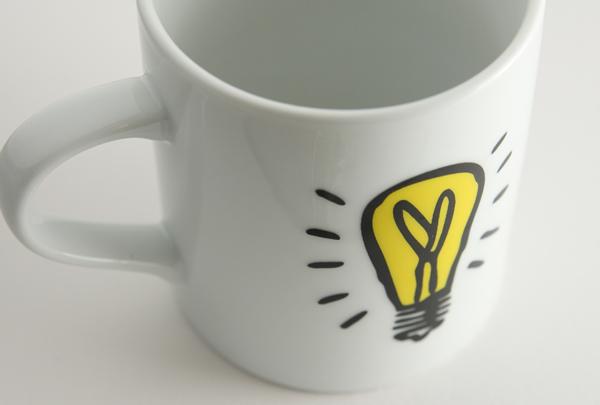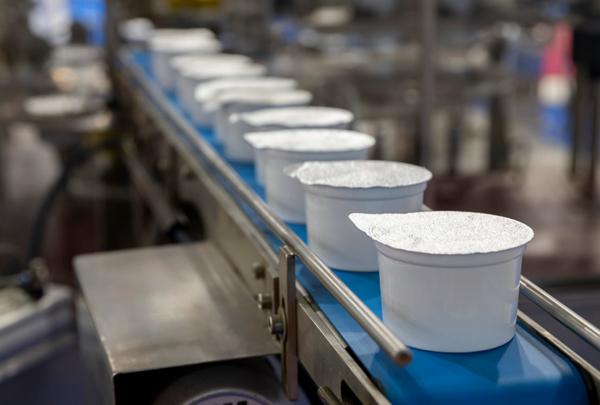Simulation provides companies with unparalleled insight into operations and a unique competitive advantage in the marketplace. Using models allows for replication, investigation and verification of concepts and system scenarios under real-world plant-floor conditions, saving time and money.
On paper, the design looks perfect. The calculations are precise. Overall efficiency is achieved. The team of engineers, many with “been there, done that” experience concludes that it is time to proceed into the construction of their system.
Fast forward. The manufacturing system is built, conveyor is set, engineers are on site and it’s time to power up. But as soon as the system starts running, packages clog the system and even fall onto the floor. Accumulation is needed in one part of the line, which affects the entire system and leaves operators either waiting or completely overwhelmed.
It is obvious that the system needs adjustments, which means downtime and the need to spend thousands, possibly millions, on materials and labor to fix these issues. This is the engineering team’s nightmare.
Decrease Inefficiency with a Click
Rather than allow this to happen on the manufacturing floor, this nightmare can be predicted and avoided with the use of simulation. By testing design and performance and confirming the calculations before construction, the system can be adjusted with a click of a mouse. By watching the simulation, the engineering team can explore more than one solution and test several scenarios to see which is best for its strategic goal. System-killer scenarios that happen only on rare occasions can be tested repeatedly without the penalty of real-world cost.
When you design a system, you discover its constraints, examine the calculations and verify assumptions. The goal is to get the system installed and started in the shortest time using the least expensive method with the highest long-term sustainable efficiency possible.
The use of simulation is a paradigm shift. It allows the project team to do the opposite – break the system and challenge assumptions. By seeing the system from all angles with multiple what-if scenarios before final design, simulation allows the project team to make informed, educated decisions on complex system issues, potentially saving millions.
Quick to Assumptions
It is easy to assume that you need to redesign your entire system because it is inefficient, but what if making a small adjustment could make a significant increase in efficiency? Where should that adjustment happen and what should be done? Simulation can be used to examine your current system’s possibilities before investing in an entirely new one. By investigating these opportunities, small changes may clear the way to meet goals, likely saving both time and money.
Simulation and emulation technology, overall equipment effectiveness (OEE) and capacity analysis spreadsheets, and line-audit data collection and reporting can help analyze and report on current line or factory performance before even starting the discussion about designing a new system.
Along with demonstrating many solutions and scenarios, simulation promotes understanding among a larger audience because it is a visual representation of the system. Engineers use many calculations and drawings, which can be confusing. By using simulation, particularly Demo3D, engineering teams can engage laymen, such as executive leadership to marketing to engineers to operators on the plant floor.
Consider language barriers. For international companies with plants across the world using the same systems, the same simulation video can be used to train line operators no matter where they are stationed. A visual depiction of the system collapses these boundaries, helps make the line easier to understand and saves money on training.
Fixing Versus Innovating
Simulation allows time savings that can directly affect the bottom line. The more time employees and consultants spend on the plant floor addressing an issue that could have been explored through simulation, the more unnecessary overtime and wages are devoted to fixing rather than evolving and innovating.
Most agree that time is better spent innovating than fixing preventable issues. Building a simulation also takes time, but the questions are where, when and how should the time be spent to arrive at the innovative stage quicker? Why not spend that time in the comfort of a meeting room rather than running around on a factory floor?
Let’s examine the time it takes to use simulation and the time required to adjust a constructed system without using simulation prior.
Using simulation:
- Research and qualify firms that offer simulation services
- Select a firm
- Collection of data for the current system
- Create simulation and evaluate several scenarios
- Find solution and proceed to construct system
- Diagnose small adjustments
Not using simulation:
- Collect data and design system
- Construct system
- Possibly notice large design issue
- Diagnose the core of the issue and find best solution for the least amount of money
- Hire consultants or pay overtime to fix system
- Purchase new materials and machines
- Adjust the system to solution
- Diagnose small adjustments
Clearly, using simulation can save time while developing a new line, but it can also help in the long run. For example, consider growth. Simulation allows for significant planning and finding solutions that can adjust to the growth of your business by assessing many different scenarios. By fixing a line after construction, the project team is forced to find a better solution with what they have, which may not be the best solution overall.
Perhaps you have your system in place, but you would like to see how it works over a longer time with all the real-world applications. Simulation allows you to do something that the real world does not; you can speed up time while still working as if it were in real time. Minutes become seconds and hours become minutes, saving both time and money.
Insuring Your System
Simulation is like insurance for a manufacturing system, directly protecting multi-million-dollar investments and ensuring the best possible speed to market.
Using a simulation tool allows the manufacturer to visualize and run the new or current production process from end to end. By applying this step in the design process, simulation helps with decisions in space utilization, equipment placement, transportation considerations and overall production efficiency. Simulation provides the ability to address more variables and scenarios without impacting cost or production.
The cost savings are obvious, but simulation can also promote sustainability. Using simulation can reduce waste by avoiding the use of unnecessary materials that may not be used again, therefore wasting money on your end and leaving our environment to deal with it.
Questions to Ask
- What do I want to learn from the simulation?
- Do I know enough about the system to create a model?
- How detailed should the simulation be?
- When should we start building the model?
- How many scenarios do I want to test?
Words of Advice
- Consider using simulation early in the design process. There are many different levels of modeling that can be applied to various phases of the project.
- Leave enough time to build and use the simulation. Make sure to leave time in your schedule to allow the simulation results to guide your line design.
- Determine what questions the simulation will answer. Are you planning your conveyor layout? Do you want to examine staffing levels? The questions to be answered will determine which type of modeling is the best fit.
- Don’t expect the simulation to solve all your problems. You may still have issues with materials or operators – but the simulation will remove system design from the list of variables.
- Keep the simulation updated throughout the lifecycle of your system. You can use the model again and again to test future improvements to the line.
About the author: Bela Jacobson is 澳门足彩app Vice President of Packaging and oversees the Atlanta office. A graduate of Georgia Tech who holds a Project Management Professional certification (PMP), she joined the company in 2005 and has assisted Consumer Packaged Goods companies through system design, emulation and optimization efforts, master planning and solution implementation.
Would you like specific advice tailored to your manufacturing system? Contact us to discuss how simulation can improve the outcome of your upcoming project.
